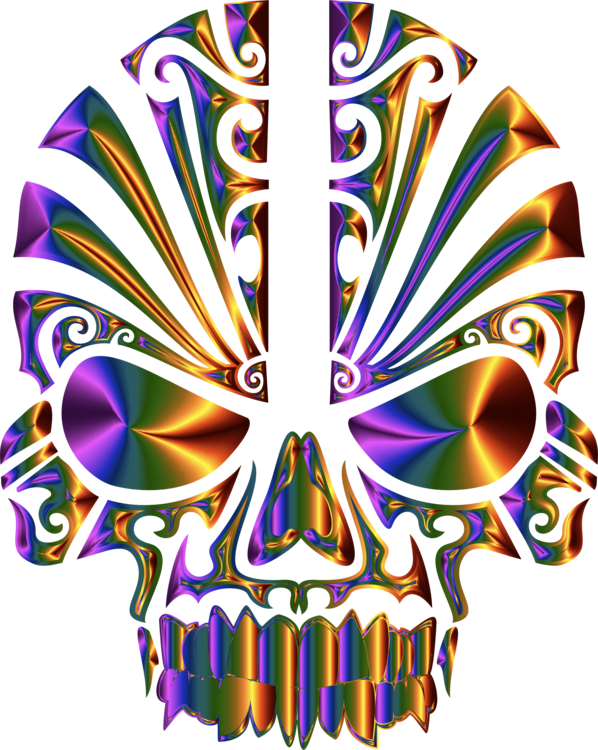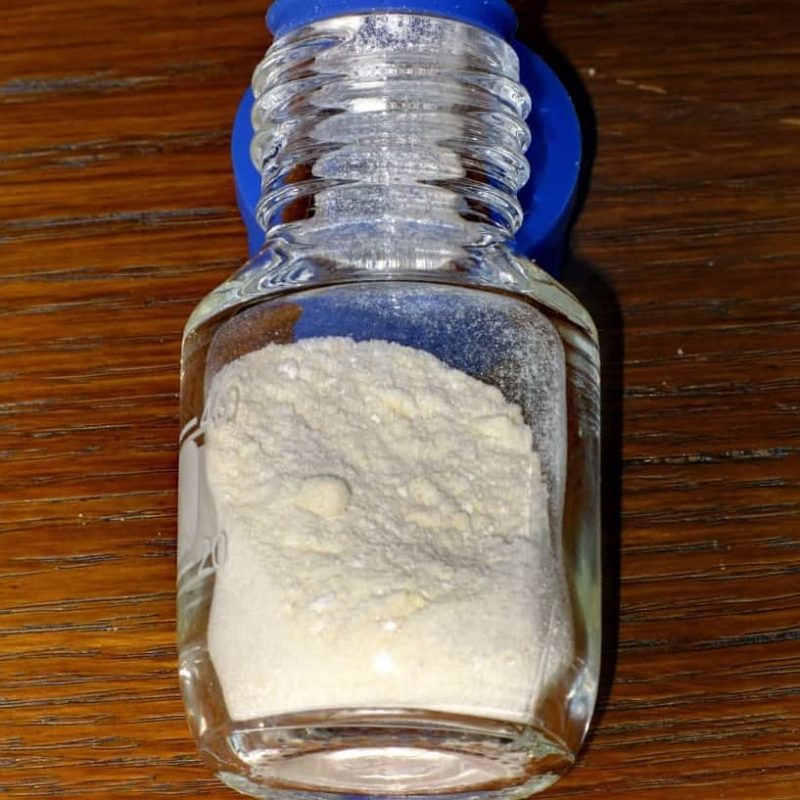No products in the basket.
Uncategorised
How to Get DMT Online Queensland
How to Get DMT Online Queensland DMT, or N,N-dimethyltryptamine, is known to be one of the world’s most powerful psychedelics. It is capable of producing experiences with intensity and profundity rivaled by few entheogenic substances. Like other classical psychedelics, DMT produces its effects by binding to serotonin receptors throughout the brain.
You may be interested in experiencing the effects of DMT firsthand but are not sure where to start. In this article, we’ll overview how to get DMT, including DMT-containing plants for DIY extractions, legal ayahuasca retreats, and more.
How to Get DMT Nelson NZ
DMT can be produced synthetically from tryptophan or tryptamine in lab settings for research purposes. However, in clandestine settings, you can extract DMT from legal DMT-containing plants using basic chemistry techniques such as acid-base extractions. The final product of the extraction is freebase DMT crystals, which are vaporized using a variety of techniques.
DMT is also ingested orally in the form of ayahuasca in legal multi-day retreats conducted by shamanic healers, mostly in South America. Ayahuasca is an indigenous Amazonian brew made from a DMT-containing plant such as Psychotria viridis and an MAOI-containing plant (typically Syrian rue or B. caapi vine). The use of an MAOI prevents monoamine oxidases in the stomach from metabolizing the DMT, rendering it orally active. In recent decades, DMT has been consumed in smoking blends like changa. Like ayahuasca, changa utilizes MAOI-containing herbs that make for a mellower and longer experience than what is produced by freebasing DMT.
Where to Get DMT online Melbourne-containing Plants
Although the plants discussed below contain the highly controlled compound DMT, the plants themselves are legal to purchase and possess without the intent of extracting the molecule. The most common DMT plant sources are sold widely on eBay and various ethnobotanical websites such as Waking Herbs and Mayan Magic Soaps. Since customs has been known to seize packages (especially in powder form), always buy from a source that ships domestically.How to Get DMT Online Queensland
With these plants, DMT extractions are done in a few days using a strong base such as lye and a nonpolar solvent such as naphtha. They’re mostly carried out with Mimosa hostilis root bark, due to its high DMT and low-fat content. However, extractions can also be done with other DMT-containing plants as long as the amount of the starting materials used are adjusted depending on the amount of DMT present in the plant.
When purchasing DMT-containing plants, it’s important to note the percentages of DMT content can vary greatly. Factors such as the growing conditions, location, and time of harvest can all impact the amount of DMT in a given plant. When extracting, this can lead to differences in final yields regardless of one’s precision with the extraction technique.
Mimosa hostilis
Formerly known as Mimosa tenuiflora, Mimosa hostilis (Jurema) is a tropical perennial tree native to northeastern Brazil but also found in Mexico and several other South American countries. It is found growing at low altitudes and is identified by its green, fern-like leaves, white flowers, and dark brown bark that is reddish on the inside. In addition to various medicinal properties, the root bark has a DMT content between 1-1.7% (dry weight).
The DMT in M. hostilis can be extracted fairly easily with commonly available precursors. In addition to its high DMT content, this plant is preferable for extractions because it contains almost no fat. For this reason, an extra defatting procedure during extraction is not required to remove fat or oil impurities from the final product. In addition to its use in extractions, the root bark is also used to brew ayahuasca when combined with an MAOI-containing plant such as Banasteriopsis caapi. You can buy M. hostilis online (typically as a dye and cosmetic) or it can be cultivated from seed.How to Get DMT Online Queensland
Psychotria viridis
Known commonly as chacruna, P. viridis is a flowering plant in the coffee family. It is native to the wet lowland tropical forests of South America. It grows up to 5 meters in height and is characterized by long, green leaves and small red fruits. The leaves contain between 0.1-0.61% DMT (dry weight), with the highest concentration of DMT found in the morning. The plant can be grown from seed, or more successfully, from cuttings.
P. viridis has a long history of use in South and Central America as a principal ingredient used in the creation of ayahuasca brews. Shamans boil the leaves with the MAOI-containing yage (B. caapi) vine, which renders the DMT orally active.
Other DMT-containing Plants
DMT and related alkaloids are found throughout the plant kingdom at varying concentrations. It has been identified in the leaves and bark of over 65 plant species found around the world.
Besides Mimosa and Psychotria, some major plant genera containing DMT include Acacia, Anadenathera, Delosperma, Desmodium, Petalostylis, Phalaris, and Virola. Acacia genera contain the highest number of DMT-containing plants. Several Acacia species, such as Acacia confusa, are commonly used in extractions. For a complete listing of DMT-containing plants, consult this list.

